Home » Keywords: » ultraviolet (UV) curing
Items Tagged with 'ultraviolet (UV) curing'
ARTICLES
UV-LED Curing for Insertable Medical Devices
UV LED systems offer the potential for improved performance of established and new designs of insertable medical devices.
March 22, 2024
How Formulation and Coating Method Impact UV HMPSAs
Understanding how tackification and coating method impact the effectiveness of UV curing helps to ensure that UV HMPSA properties are properly balanced for their intended end-use application.
February 15, 2024
EVENTS
The latest news and information
Content focused on adhesive & sealant manufacturing, formulations and finished products
SUBSCRIBE TODAYCopyright ©2024. All Rights Reserved BNP Media.
Design, CMS, Hosting & Web Development :: ePublishing
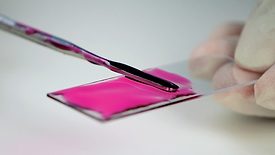
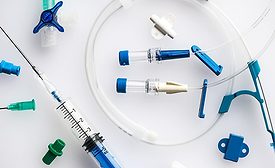
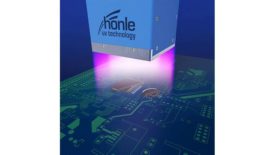
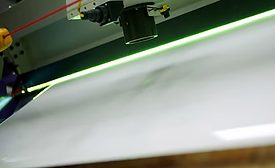
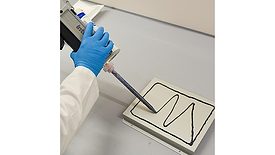
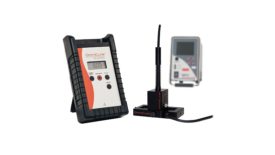
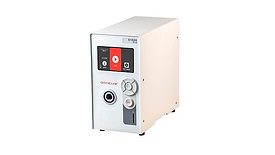
.jpg?height=168&t=1713197356&width=275)

